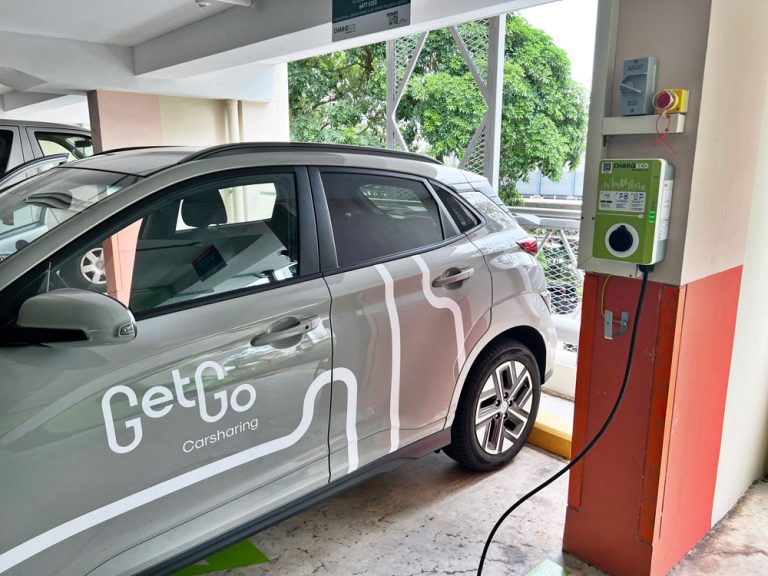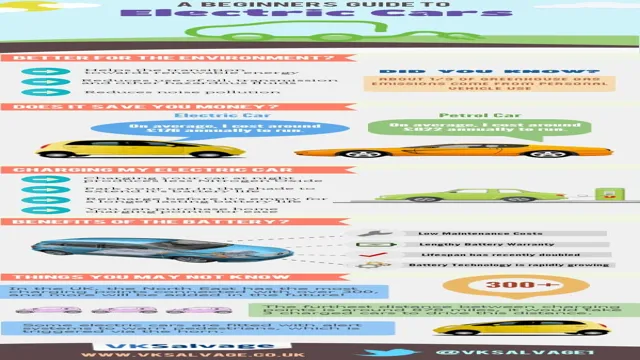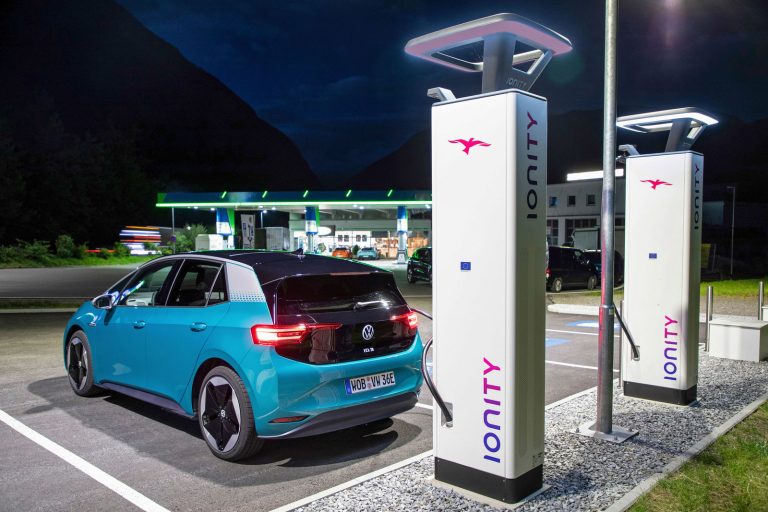Charging Electric Car in Rain : Overcoming the Elements
Electric cars are becoming an increasingly popular choice for environmentally conscious individuals looking to reduce their carbon footprint. With the rise in electric vehicle (EV) sales, questions about charging safety in inclement weather, such as rainy conditions, have also surfaced. In this article, we’ll discuss the safety considerations and practical tips for charging electric cars in the rain.

Credit: www.bicycling.com
Safety Considerations
Charging an electric car in the rain may raise concerns about electrical safety and potential hazards. However, modern electric vehicle charging infrastructure is designed with safety in mind. The charging ports and connectors are built to withstand various weather conditions, including rain and snow.
Electric vehicle charging stations are equipped with safety features, such as ground fault protection, to mitigate the risk of electrical hazards. Additionally, the connectors and cables are insulated to prevent water ingress and ensure safe charging operations.
It’s important for electric car owners to follow manufacturer guidelines and use certified charging equipment to further ensure the safety of charging in wet conditions. Regular inspection of the charging cables and connectors for any signs of damage is also recommended to maintain safety standards.
Practical Tips for Charging in the Rain
While modern electric car charging infrastructure is designed to be safe in the rain, there are practical tips that can enhance the charging experience during wet weather:
- Use Weatherproof Charging Equipment: Investing in weatherproof charging equipment, such as a weather-resistant charging cable and connectors, can provide added protection and peace of mind during rainy conditions.
- Choose Covered Charging Locations: When possible, opt for covered or indoor charging stations to shield the charging process from direct exposure to rain.
- Maintain Proper Drainage: Ensuring that the charging area has adequate drainage can prevent water accumulation around the vehicle and charging equipment.
- Regular Maintenance: Keep the charging port and connectors clean and free of debris to maintain optimal charging performance, especially in rainy or damp environments.
Future Developments in EV Charging
As electric vehicle technology continues to advance, innovations in charging infrastructure will likely address and further enhance safety measures for charging in various weather conditions, including rain. Manufacturers and industry experts are focused on improving the resilience of charging components to ensure safe and reliable operations under diverse environmental circumstances.
With ongoing research and development in the electric vehicle sector, we can expect to see continued improvements in waterproofing and weather-resistant design elements in EV charging equipment.
Conclusion
Charging an electric car in the rain is generally safe, given the built-in safety features of modern charging infrastructure and adherence to manufacturer guidelines. By incorporating practical tips and staying informed about advancements in EV charging technology, electric car owners can confidently and safely charge their vehicles regardless of the weather conditions.
As the electric vehicle industry evolves, we can anticipate even greater safety and reliability in charging electric cars, making sustainable transportation a viable and secure option for eco-conscious drivers worldwide.






